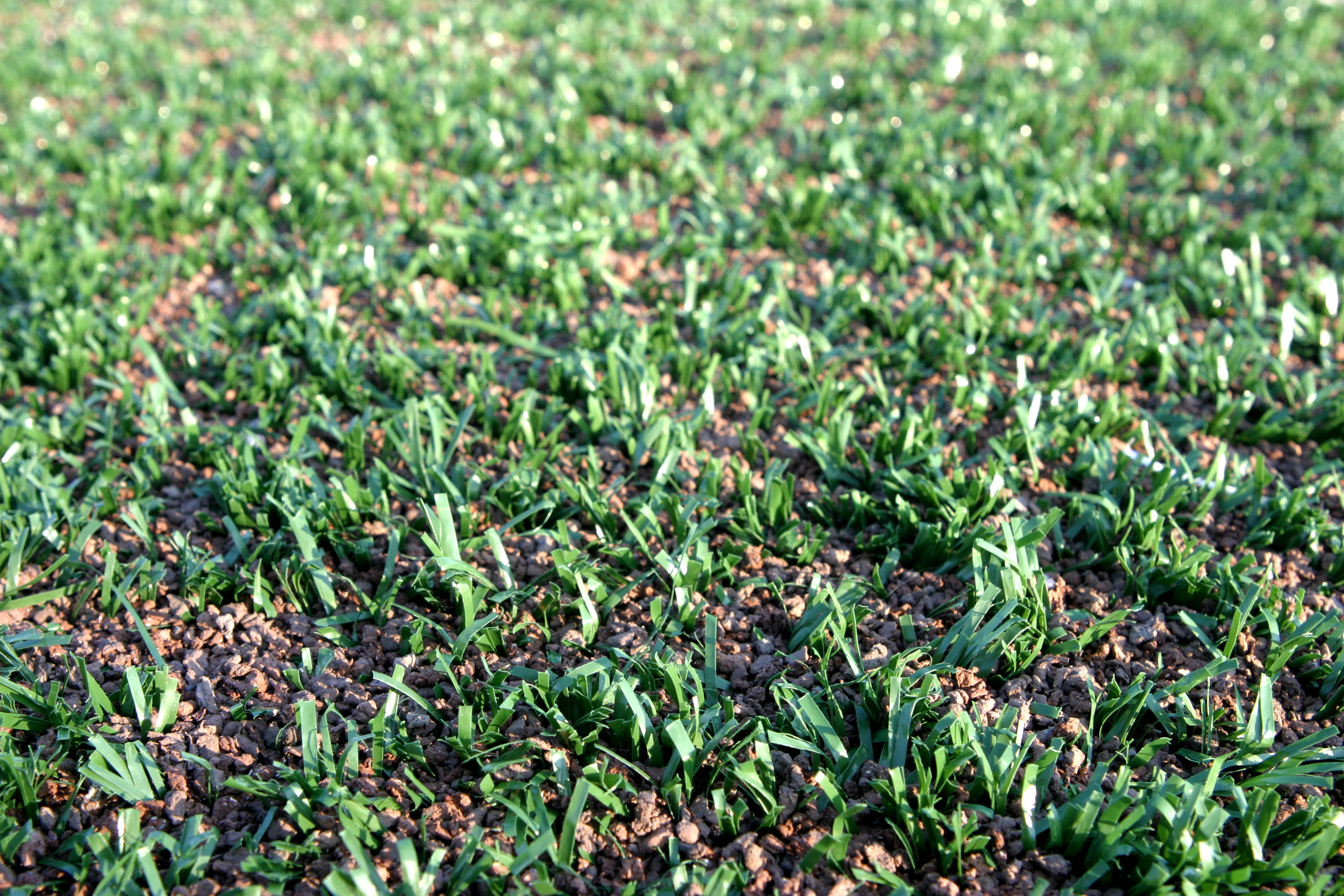Health Effects of Exposure to Crumb Rubber
“Crumb rubber” is made by shredding used vehicle tires. It is added to synthetic turf playing fields to provide enhanced cushioning and extend the life of the synthetic turf in which it is placed. Concern has recently been raised about the safety of this material, especially since many children play on this type of surface. Very recently, three Federal agencies have launched another study. NBC New York recently published a news story on this topic, “Feds Finally Take Action on Crumb Rubber Turf”.
One thing that has triggered this concern is the fact that crumb rubber contains a variety of chemicals, some of which have been found to be carcinogenic in animals. One such class of compounds are polycyclic aromatic hydrocarbons (PAHs). Crumb rubber also contains other organic chemicals.
For a chemical substance to cause harm to the human body, there has to be a complete exposure pathway. In other words, there has to be a way for the material to be inhaled, ingested, or absorbed through the skin, enter the blood stream, and reach a sensitive tissue target in the body. All three of these exposure pathways are possible for athletes playing on fields containing crumb rubber.
Inhalation:
One way crumb rubber particles and the chemicals they contain to get into the body is by inhalation. The amount of airborne particles that can be inhaled is dependent on the particle sizes. The typical size range of crumb rubber particles used on playing fields is one-sixteenth to one-quarter of an inch or about 1,500 to 6,000 microns (a micron is one-ten thousandth of a millimeter). The largest particles that can be inhaled by humans are about 100 microns in size. Thus, rubber crumb particles are too large to be inhaled and cannot get into the body in this way.
The other way in which chemicals in crumb rubber could be inhaled is from the volatilization of those chemicals from the rubber into the air. Those vapors could then be inhaled. Particle size considerations would not apply in that case. The chemicals of most concern, the PAHs, have very low volatilities, however, and it is unlikely that a significant amount of these chemicals could evaporate from the rubber and be inhaled by players.
Ingestion:
It is possible that rubber crumb particles can be inadvertently ingested by players on synthetic turf fields. Common sense would dictate, however, that the amounts ingested would be very small. If you got rubber particles in your mouth, wouldn’t you spit them out rather than swallowing them? The other factor of interest here is even if you did ingest a rubber particle, how much of that would be digested and how much would just pass through the gastrointestinal tract unchanged. I haven’t seen any studies on the “bioavailablity” of chemicals in crumb rubber. More research could be performed in this area.
Skin absorption:
Clearly, crumb rubber particles can get on a player’s skin. This is well documented and obvious to anyone who has played on such fields or watched others playing. The key question here is can the chemicals in the rubber could be absorbed through the skin. Just having rubber particles on your skin does not mean they will get into your blood stream, reach a sensitive tissue, and cause adverse effects. More data is needed in this area, but based on first principles of toxicology, it is unlikely that any significant amount of chemicals from the rubber would be absorbed in this manner.
Laymen are usually not aware of the most basic rule of toxicology, “the dose makes the poison”. In many, many cases, the media and other sources have painted a distorted picture of the health risks of chemical exposures. Many people believe that every chemical causes cancer. The scientific evidence has shown only a very small number of chemicals have actually been shown to be carcinogenic to humans.
While additional research may uncover different information, all the studies I have seen to date suggest the health risks of exposure to crumb rubber are very small. Perhaps the new study by the EPA, CPSC, and the CDC will provide that information.
Other Resources:
The following links provide more information about this topic:
https://www.health.ny.gov/environmental/outdoors/synthetic_turf/crumb-rubber_infilled/fact_sheet.htm
http://www.ct.gov/dph/cwp/view.asp?a=3140&q=464068&dphNav_GID=1828

